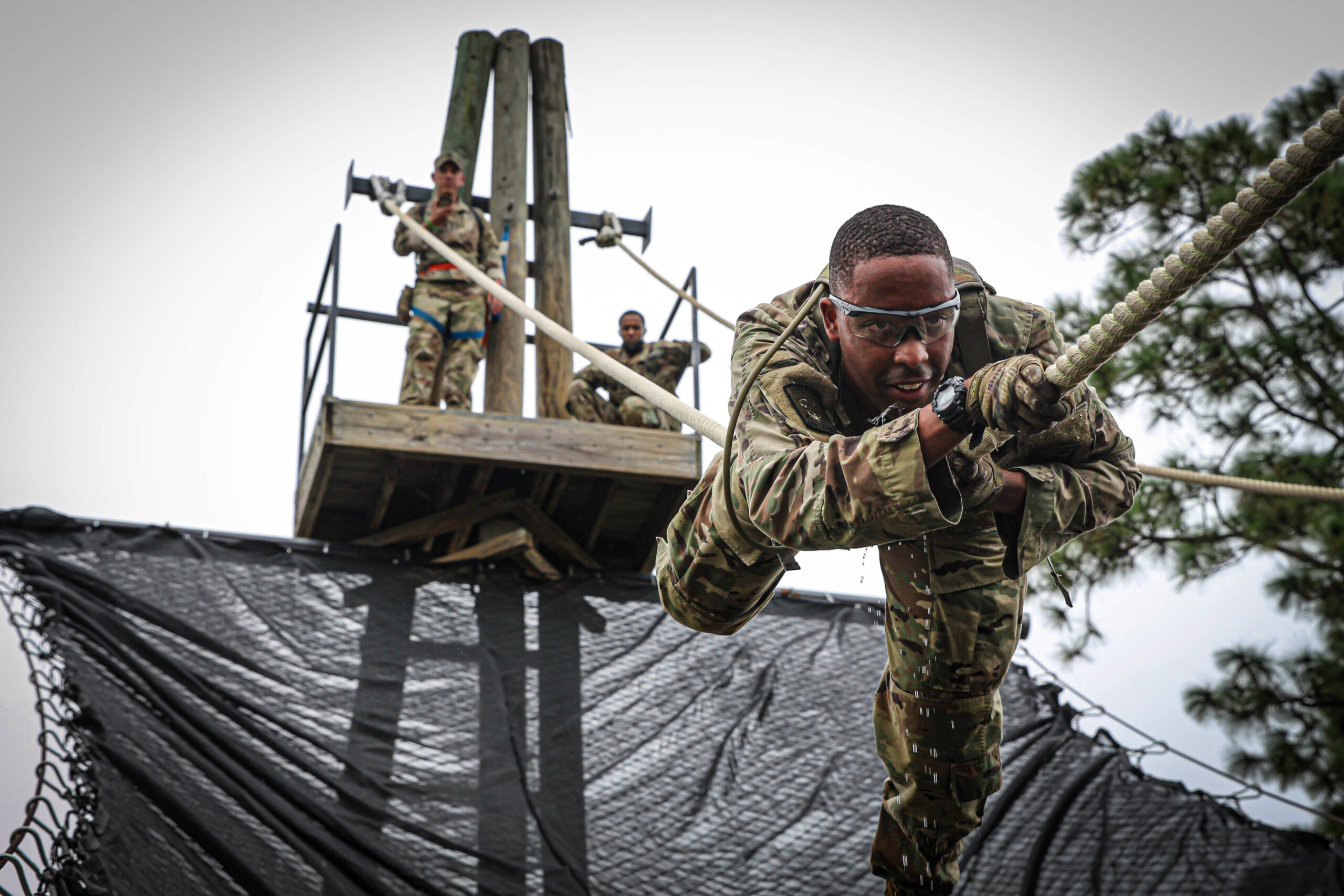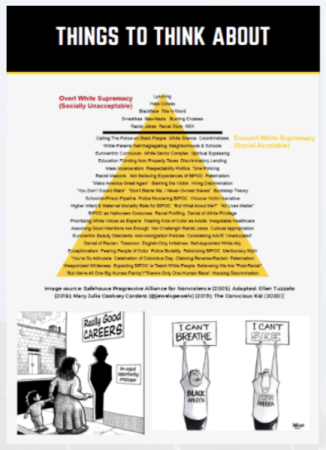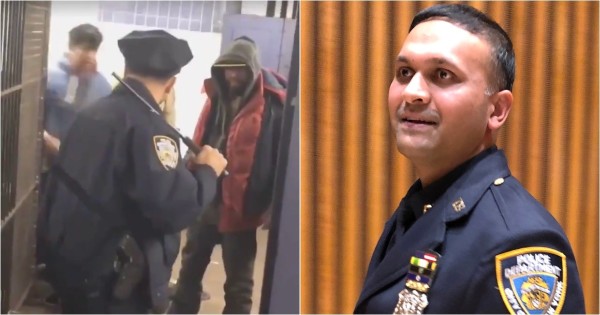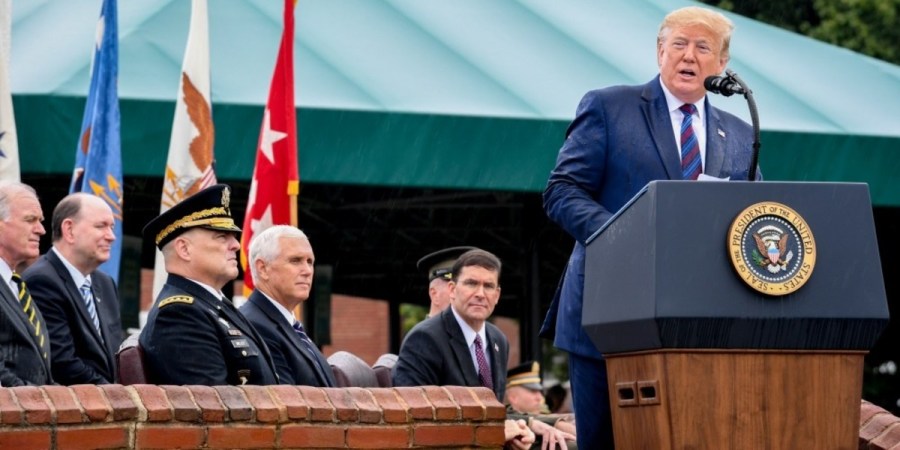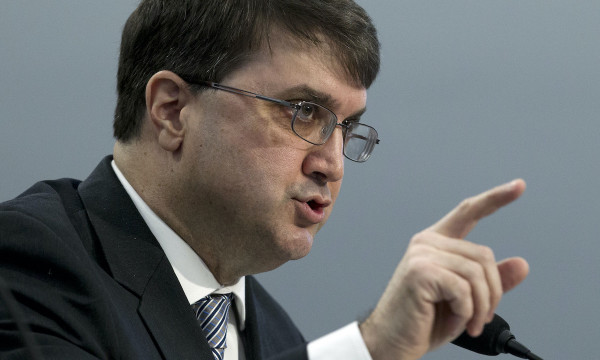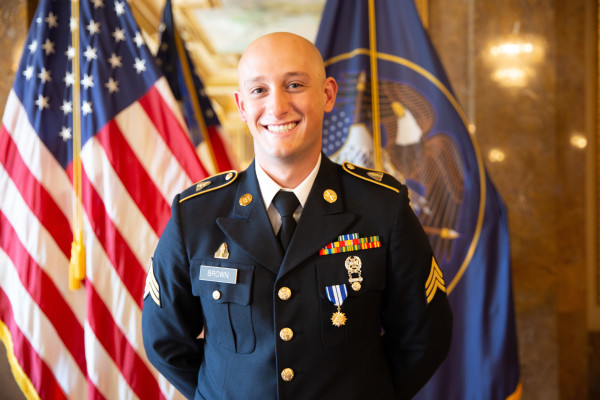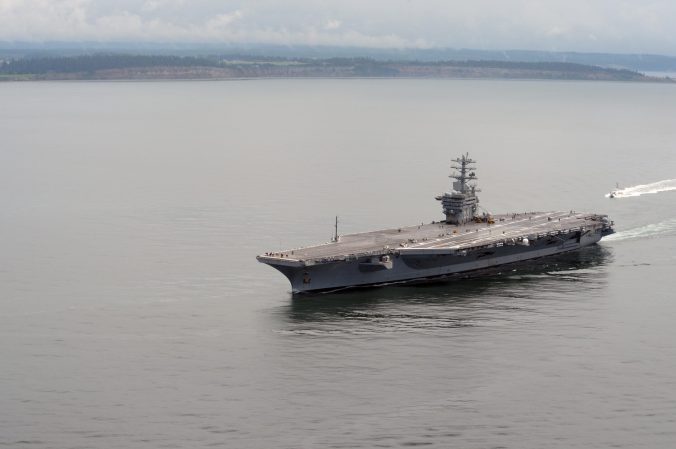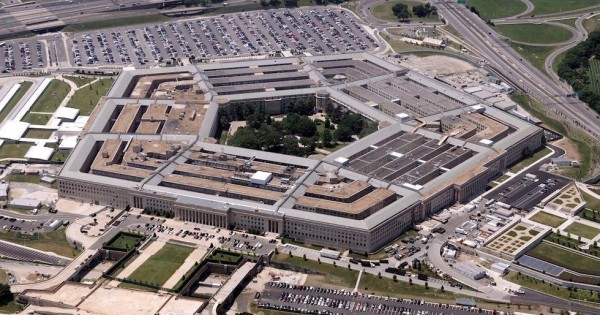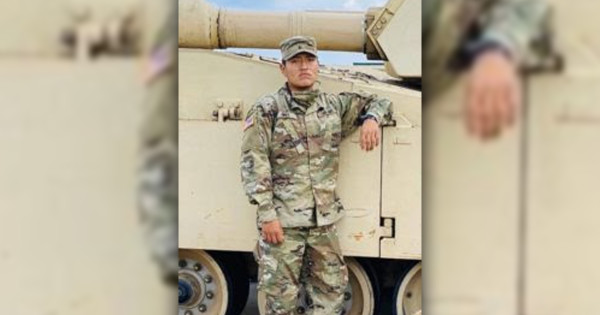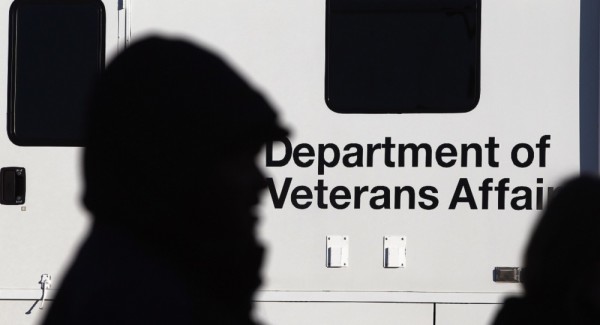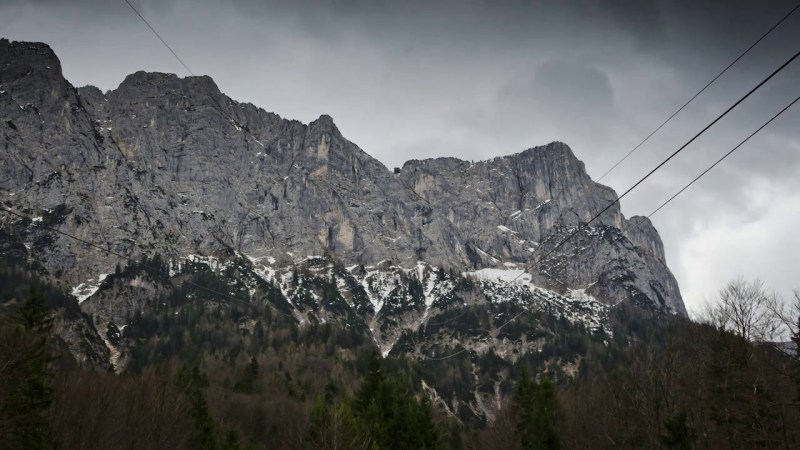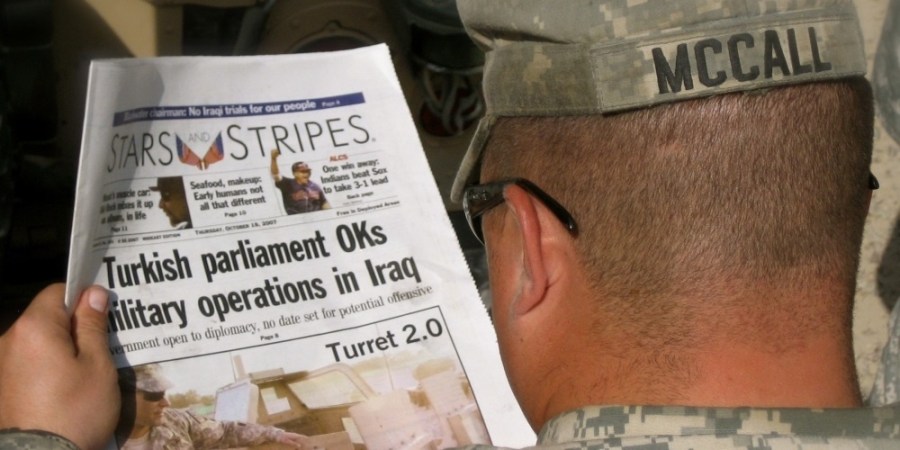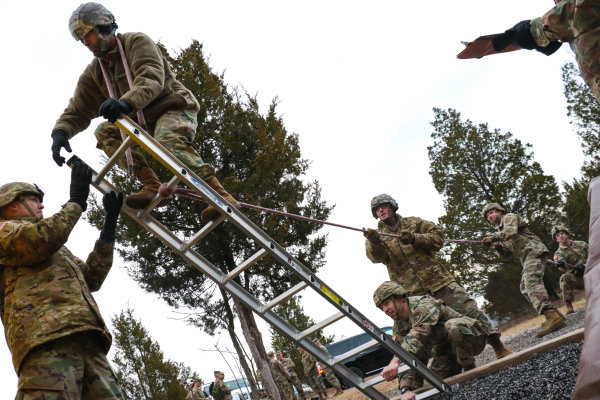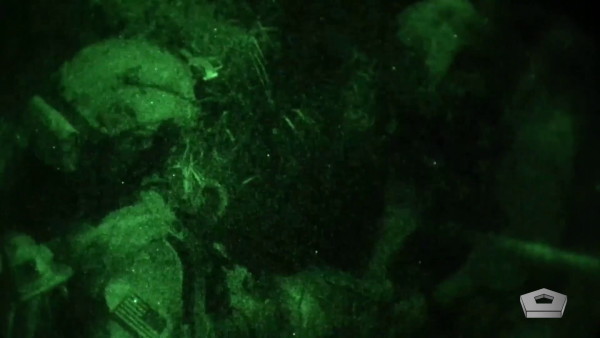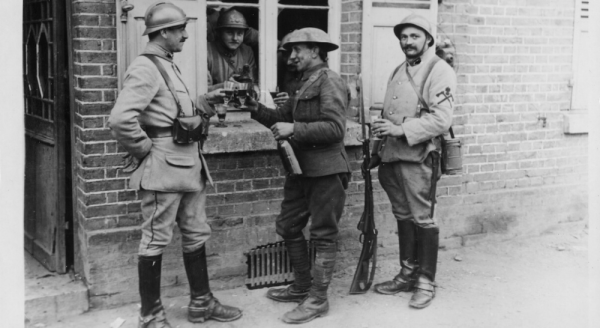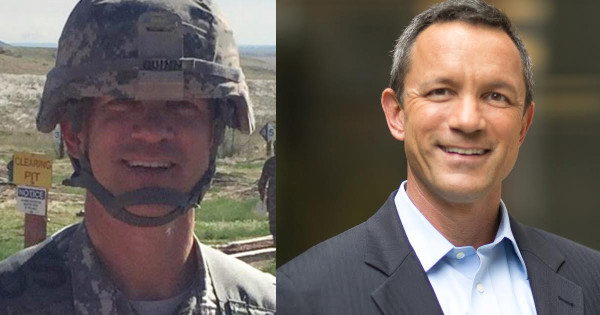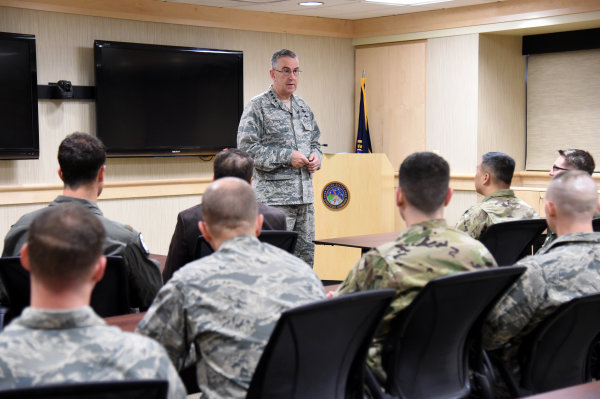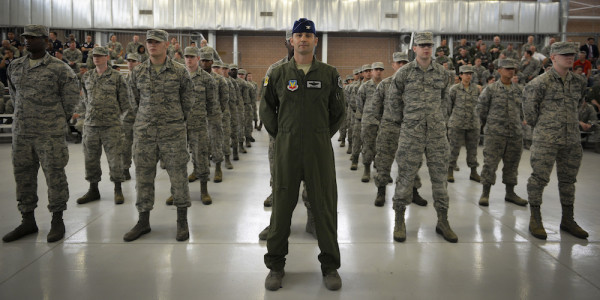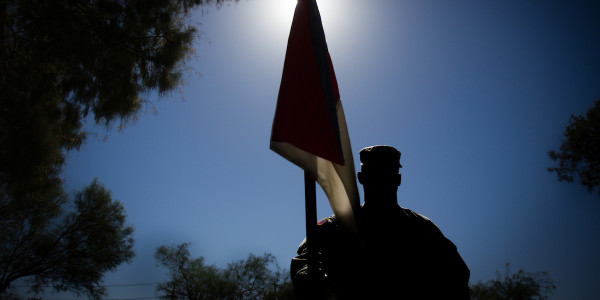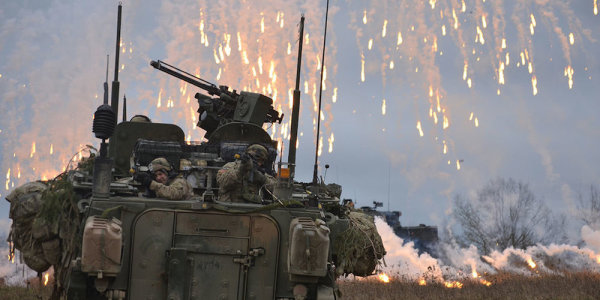The summer of 2020’s social unrest, stemming from real and perceived racial injustices, served as a shock to the system. Organizational leaders took to reassessing their organizational ethos and practices through the lens of inclusion. Such endeavors have compelled organizations, including the Army, to progress forward from long-standing processes and standards concerning inclusivity.
Over the past year, the Army has taken numerous steps toward greater inclusion. It has removed photos from Soldiers’ service packets to mitigate any racial bias in the promotion process. Additionally, it has updated its grooming standards to be more inclusive regarding the preferences of its female Soldiers and to allow male Soldiers to wear earrings when not in uniform. These are both public steps toward inclusion, but the Army is taking steps in private, as well. For instance, in this year’s 1st Armored Division’s Command Readiness Guidance, the Commanding General expressed that commanders will address “concrete examples of…inclusion, diversity, and building cohesive teams” as part of their quarterly training briefs. Anecdotally, this is the first training guidance that I have seen over my 19-year career that directed commands to address how they have integrated inclusion and diversity explicitly.
These recent shifts away from longstanding norms to more inclusive practices have stirred and will continue to stir questions from our Soldiers. Thus, leaders at both the strategic and tactical levels should have a viable military answer to the question: “Why does inclusion matter to the Army?” Furthermore, we, as professionals, should ask: What type of inclusion matters most to military operations and how may we create an inclusive culture in our organization? To address the initial question, “Why does inclusion matter?” let’s start with our understanding of how to win in a complex environment.
Why does inclusion matter?

The Army’s Operating Concept, published in 2014, envisions a particular operating environment: a complex world. Clearly, “complex” is neither a spot on the map nor an adversary against which we might array forces. However, labeling the environment as complex does give military leaders direction and guidance as to how to train and ready their soldiers. To aid in training our forces, the Cynefin Framework outlined in a 2007 Harvard Business Review article provides commanders a tool to train their leaders to respond well in a set of distinct environments.
In the article, “A Leader Framework for Decision Making,” the authors highlighted the effectiveness of leaders using the Cynefin framework “to see things from new viewpoints, assimilate complex concepts, and address real-world problems and opportunities.” The Cynefin framework provides guiding steps to decision makers spanning five specific types of environments: simple, complicated, complex, chaotic, and disorder. In contrasting the complicated and complex environments, we reveal the value of inclusion.
The complicated environment consists of known and unknown variables. Through applying expert analysis to complicated problem sets, leaders may discern clear patterns and structures, and a “right” response may be uncovered. However, in a complex environment, right answers cannot be discerned ahead of an action. As the authors note, “…we can understand why things happen only in hindsight.” Thus, singular area expertise must be substituted for the capability of visualizing multiple frames of reference (or paradigms) simultaneously. Contrasting the 1991 Gulf War in Iraq with the more recent Global War on Terrorism campaign in Iraq highlights the differences in these two environments.
In the 1991 Gulf War, Army leaders understood their enemy and acted upon that understanding. Military planners discerned the “right” plan, rehearsed it, and executed it with quantitative and predictable results. Military leaders understood the knowns and used tools like mission analysis and staff estimates to work through the known unknowns.
Between Vietnam and the Global War on Terrorism, the Army’s Cold War doctrine centered on defeating the numerically superior Russian horde at the Fulda Gap. Complimenting this doctrine, training focused on precision and timing through rehearsals. Reflecting on the Army of this time, Gen. David Perkins (then the TRADOC Commander), shared at a TRADOC G2 conference that leaders, back then, invested significant time in rehearsing operations, memorizing SOPs, and trying to “know more about something [they] know a lot about.”
Following the attacks of September 11th, the Army once more entangled with the Iraqi Army. Only this time all the similarly projected calculations, battlefield estimates, rehearsals and violently executed operations the Army brought to bear failed to produce similar results. Unlike 1991’s campaign, emergent properties manifested across the operating environment, which resulted in Army leaders having to recalibrate their approaches and paradigms. In his book Fiasco, Tom Ricks captures the sentiment of an Army officer arriving at such an inflection point: “I was on a street corner in Baghdad…watching some guys carry a sofa by – and it never occurred to me that I was going to be the guy to get that sofa back.”
The pursuit of cognitive diversity
In his book, Rebel Ideas, Matthew Syed posits that the CIA missed on its assessment of Osama bin Laden not because it lacked highly skilled and well trained analysts, but because the analysts were not ethnically, racially — and most importantly — religiously diverse. “When highly intelligent people with homogeneous backgrounds/perspectives come together in a group, they are liable to become collectively blind,” wrote Syed on Twitter.
In a complicated operating environment, having the best subject matter expert is paramount. However, in a complex operating environment cognitive diversity and the capability to shift paradigms and to see problem sets from different angles is critical to establishing positions of relative advantage.
Looking through a military lens, leaders should see “inclusion” neither as adding one more set of hands to a team nor as adding a teammate who looks different. Rather, it’s about adding a teammate who has the capacity to interrupt a perception of the world differently, and fostering an environment to allow for those teammates to express those differing viewpoints. Unfortunately, adding cognitively diverse teammates to our formations comes with some challenges.

The geography of the Army’s military posts present challenges in recruiting a diverse workforce. Approximately half of our recruits come from the states with an established Army presence – primarily the Southeastern and Southwestern regions of the United States. Additionally, recruiting data suggests that new recruits are increasingly coming from military families. Again, this may result in physical, racial and gender diversity, but it certainly limits the massing of cognitive diversity of our Soldiers.
Recently, I experienced a pitfall of assuming cognitive inclusion recently in my battalion. Following our battalion’s Organizational Day (Org Day) sporting competitions, we recognized the winning companies with our “Commander Cup” trophies. Unfortunately, at the last minute, we discovered that one of the trophies was with a former company commander who had switched units. As a quick fix, the Org Day planning committee substituted the trophy with an obscenely large can of baked beans as a kind of “gag gift” placeholder. I approved the interim trophy, and that evening presented it, along with our other Commander Cup trophies to the winning companies – high fives, victory speeches, and unit pride abounded. However, later in the evening, several Soldiers and family members expressed concern that the “prize” of baked beans crossed racial lines and resulted in them feeling ridiculed and belittled.
The following morning the Command Sergeant Major and I met with the aggrieved company. We gave them the space to share their thoughts and express their sentiments. I took ownership of the decision and apologized for the hurt inflicted upon them and their families. Near the end of the visit, a young noncommissioned officer said, “Sir, it’s good that you are taking responsibility, but you had a group of leaders with you in this decision. Someone should have known and they should have said something.”
The young NCO was, and is, absolutely correct, and his appeal suggests that there is more work to be done in our organization to engender cognitive diversity and the willingness to speak up when our plans start going astray. The NCO’s thoughts drew me to Col. Dwayne Wagner’s illuminating and reflective essay, “We have Come a Long Ways…We Have a Ways to Go.” In it, Col. Wagner reflects on the Army’s progress towards inclusion and diversity since the 1950s, while simultaneously exposing that “..we have a ways to go.”
Creating a culture of inclusivity
To win in a complex world, Army leaders will not necessarily need an additional set of hands to help lift a heavy rock. Our leaders will need diverse teammates who will point out that the rock we are trying to lift is not actually rock at all, but something else altogether. To enable this reality, leaders ought to invest energy and time into two areas: cultivating moral courage and having an appreciation for meekness.
In his remarks to the 1952 graduation class at Sandhurst, British Field Marshal Viscount Slim spoke of moral courage and its superiority to physical courage. Marshal shared, “Moral courage is a much rarer thing than physical courage. Moral courage means you do what you think is right without bothering very much what happens to you when you are doing it. It is not often a question of great issues. It is a small thing in everyday life.”
Secondly, leaders ought to do the hard work of introspection and fostering a healthy level of meekness that is distinct from, and paired with, humility. (For the purposes of this essay) if humility is the lifting up of others or putting the interest of others before your own, then meekness is the lowering of one’s self. Humility is an outward expression; meekness an inward one.
“Meek” is an obscure, perhaps even a lost term, in today’s lexicon. When it is used, it often carries negative connotations such as weakness or frailty. Yet, in the Book of Matthew, Jesus proclaims: Blessed are the meek, for they shall inherit the Earth (Matthew 5:5, NIV). Whether one identifies as a Christian or not, Jesus’ proclamation that the meek “shall inherit the Earth” should stir one to deduce that meekness carries some positive value. A. W. Tozer gives us, albeit through a Christian lens, a clear understanding of meekness:
The meek man is not a human mouse afflicted with a sense of his own inferiority. Rather he may be in his moral life as bold as a lion and as strong as Samson; but he has stopped being fooled about himself. He has accepted God’s estimate of his own life. He knows he is as weak and helpless as God has declared him to be, but paradoxically, he knows at the same time that is in the sight of God or more importance than angels. In himself, nothing; in God, everything.
Tozer’s description of meekness is transferable and applicable to our soldiers and leaders. Reworded, the message is clear: we are not perfect and we need help. Acknowledgement of this fact and the openness to ask for and receive help is a sign of strength, not weakness.
The coupling of humility and meekness form the basis of leadership philosophies like Robert Greenleaf’s The Servant-leader or Matthew Syed’s prestigious leader dynamic credibility and trustworthiness. Furthermore, it’s through these traits that leaders actively and openly seek diversity in all its forms: physical, ethnic, personal preferences, cognitive, and so on, and so on.
As we train and compete today in preparation for tomorrow’s conflicts, I am both inspired and haunted by Gen. Perkin’s caution regarding the capabilities of our Leaders and Soldiers: “I think the problem we have as an Army, and as we look to our enemies around the world, is that they may not out fight us on the battlefield, but I think sometimes they may be able to out imagine us.”
To win in a complex world we must continue to pursue diversity. Through harnessing the cognitive agility and creativity that manifest themselves in inclusive, diverse organizations, we will expand our imagination and widen our aperture to interpret our operating environment better and achieve victory.
+++
Lt. Col. Matthew J. Smith has served in various leadership positions throughout his military career. He currently serves as the Battalion Commander for the 1st Armored Division’s 3-501 Assault Helicopter Battalion. He can be reached at matthew.j.smith2.mil@army.mil
